|
|
|  DSH 6353 i+ f- I+ C: c DSH 6353 i+ f- I+ C: c
# o4 J# w" _, G# t( K. _+ L7 W
| Resistance to heat and fire# T! G; y: A% d L
| 30.2
7 `% [7 Q7 ~6 Z4 r7 @ | 60335-1(ed.4)
4 v: B- N% u8 c5 o |
- i( q* _3 n" k) G
Question:
- V+ ^5 X) g6 ?% p, }Considering sub-clause 30.2 of part 1 including A2, how shall the glow wire test on motor capacitors be performed and on what parts?
7 \* {2 \! k! G7 l5 @5 q% n3 n& aPhoto 1 shows a resin embedded motor capacitor where the internal connection between the wire and the plate is a soldered.
- V& @% [/ e5 x& A3 _Photos 2 and 3 show the points of connection on the upper and lower part.' }4 {" O6 x) B }# d+ D. C
In all the figures, the connections are within 3 mm of the external plastic case of the capacitor.
$ a/ |" D7 t P* N1 sDecision:+ O6 {# L; q7 y: B" I" U6 H S% E' O2 u
The glow wire test has to be performed over the shielding and shielded materials joined together, at the point the connection is made, at 750°C, from the inside to outside as normal testing, allowing the tip to penetrate the shielded material. In this case, the shielded material is the external plastic case because it is within 3mm from the connection (as in the figures).* c& k$ X9 b3 q2 m
% I- Q+ ?: {/ m
" ]% |9 H5 w# d* e& C6 Z1 Q2 h' p
|
本帖子中包含更多资源
您需要 登录 才可以下载或查看,没有账号?注册安规
x
|



 窥视卡
窥视卡 雷达卡
雷达卡 发表于 2012-9-8 15:55
发表于 2012-9-8 15:55
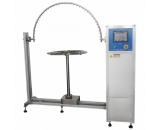

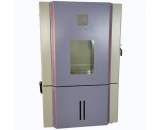

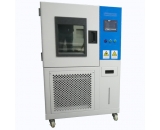

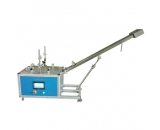

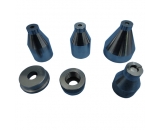






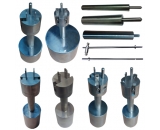
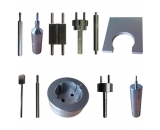
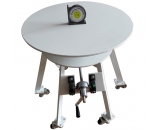
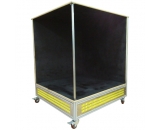

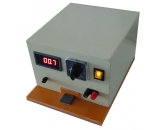
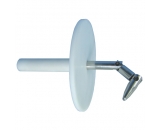
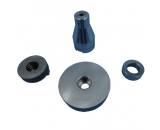
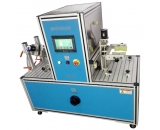
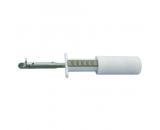
 提升卡
提升卡 置顶卡
置顶卡 沉默卡
沉默卡 喧嚣卡
喧嚣卡 变色卡
变色卡 抢沙发
抢沙发 千斤顶
千斤顶 显身卡
显身卡













